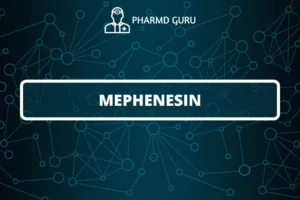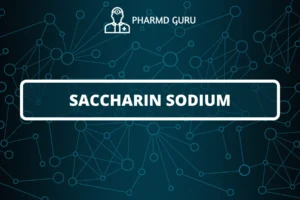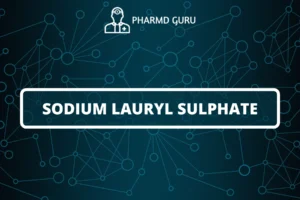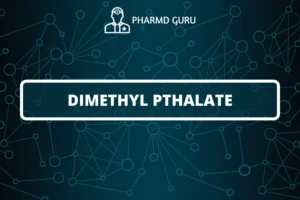OXIDATION REDUCTION REACTION: In organic chemistry, oxidation-reduction reactions, commonly referred to as redox reactions, involve the transfer of electrons between reactants. Redox reactions play a crucial role in the transformation of organic compounds by changing the oxidation state of the participating atoms. The reactant that loses electrons is oxidized, while the reactant that gains electrons is reduced.
SCROLL DOWN TO THE BOTTOM OF THIS PAGE FOR ACTUAL NOTES.
Oxidation involves an increase in the oxidation state or a loss of electrons, while reduction involves a decrease in the oxidation state or a gain of electrons. The key concept in identifying redox reactions is tracking changes in the oxidation states of specific atoms.
Here are some important terms and examples related to oxidation-reduction reactions in organic chemistry:
- Oxidation state: It is a measure of the degree of oxidation of an atom within a compound. The oxidation state is represented by a Roman numeral or a plus/minus sign. For example, in methane (CH₄), carbon has an oxidation state of -4, while in carbon dioxide (CO₂), carbon has an oxidation state of +4.
- Oxidizing agent: An oxidizing agent is a substance that facilitates the oxidation of another substance by accepting electrons from it. Common oxidizing agents in organic chemistry include oxygen (O₂), potassium permanganate (KMnO₄), and chromium trioxide (CrO₃).
Example: Oxidation of ethanol to ethanal (acetaldehyde) using potassium dichromate (K₂Cr₂O₇) as an oxidizing agent:
CH₃CH₂OH + [O] → CH₃CHO + H₂O
In this reaction, ethanol is oxidized to ethanal, and the oxidizing agent (K₂Cr₂O₇) is reduced to Cr₂(SO₄)₃.
- Reducing agent: A reducing agent is a substance that facilitates the reduction of another substance by donating electrons to it. Common reducing agents in organic chemistry include lithium aluminum hydride (LiAlH₄), sodium borohydride (NaBH₄), and hydrogen gas (H₂).
Example: Reduction of propanone (acetone) to propan-2-ol using sodium borohydride (NaBH₄) as a reducing agent:
CH₃COCH₃ + 4[H] → CH₃CHOHCH₃ + H₂O
In this reaction, propanone is reduced to propan-2-ol, and the reducing agent (NaBH₄) is oxidized to NaBO₂.
It’s important to note that redox reactions can involve multiple steps and intermediate species. Additionally, some reactions may involve both oxidation and reduction occurring simultaneously.
Understanding oxidation-reduction reactions is crucial in organic chemistry as they are involved in various synthetic transformations, such as alcohol oxidations, aldehyde reductions, and many other functional group interconversions.
ACTUAL NOTES:




